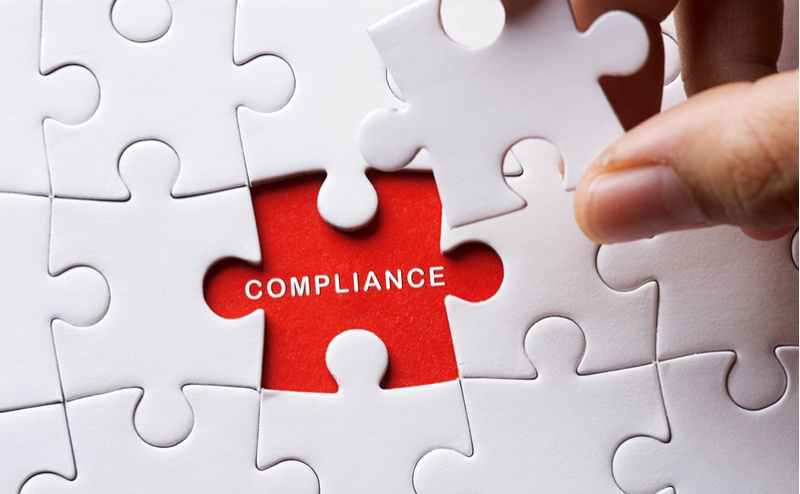This article highlights the importance of GSPR compliance for obtaining medical device approval in the European Market.

Table of Contents
The European Union (EU) has implemented stringent regulations and requirements for the approval and launch of medical devices within its member states.
One of the most important regulations that medical device manufacturers must adhere to is the General Safety and Performance Requirements (GSPR) compliance.
GSPR compliance is a key factor in successfully launching medical devices in the EU market, as it ensures the safety and effectiveness of these devices for patients and healthcare professionals.
It is a legal requirement that every manufacturer must meet before their medical device is allowed to be placed on the market in the EU.
GSPR Requirements
The GSPR requirements are a set of essential requirements that a medical device must meet in order to be CE marked and placed on the market in the European Union. These requirements are set out in Annex I of the Medical Device Regulation (MDR) and In-Vitro Diagnostic Regulation (IVDR) and are designed to ensure that medical devices are safe and effective for their intended purpose.
The GSPR requirements cover a range of areas, including:
- Clinical evaluation
- Risk management
- Essential performance characteristics
- Design and manufacturing
- Labeling and instructions for use
- Post-market surveillance and vigilance
Medical device manufacturers must comply with GSPR regulations to ensure their products are safe and effective, including clinical evaluation, risk assessment, design and manufacturing controls, labeling, and post-market surveillance.
Steps for Manufacturers to Ensure GSPR Compliance
Clinical Evaluation
Manufacturers must perform a clinical evaluation to assess the safety and performance of their medical devices. This evaluation should be based on clinical data and demonstrate that the device is safe and effective for its intended use. Manufacturers should also consider the clinical state of the art and the risks and benefits associated with the device.
Risk Management
Manufacturers must identify and evaluate the risks associated with their medical devices and take steps to reduce or eliminate those risks. This includes implementing appropriate risk control measures and providing information on residual risks.
Essential Performance Characteristics
Manufacturers must identify the essential performance characteristics of their medical devices and demonstrate that these characteristics are met. This includes providing evidence that the device can perform its intended function and meet any relevant performance standards.
Design and Manufacturing
Manufacturers must have a quality management system in place that ensures the consistent manufacture of their medical devices. This includes implementing appropriate design controls, manufacturing controls, and process controls.
Labelling and Instructions for Use
Manufacturers must provide appropriate labelling and instructions for the use of their medical devices. This includes providing information on the intended use of the device, its performance characteristics, and any risks associated with its use.
Post-Market Surveillance and Vigilance
Manufacturers must have a post-market surveillance system in place to monitor the safety and performance of their medical devices. This includes reporting any adverse events or incidents to the relevant regulatory authorities and taking appropriate corrective action.
By following these steps, manufacturers can ensure that their devices are safe and effective for their intended purposes.
GSPR Overview
There are 23 GSPRs, Divided into three major chapters.
- Chapter I: – General Requirements
- Chapter II: – Requirements Regarding Design and Manufacture
- Chapter III: – Requirements regarding the information supplied with the device
Manufacturers must follow a Checklist of general safety and performance requirements, Standards, common specifications, and scientific advice Information on investigational medical devices according to Section 2.7 of Chapter II of Annex XV MDR.
GSPR compliance is essential for building trust and confidence among healthcare professionals and patients.
The EU market is known for its high standards of safety and quality in healthcare, and GSPR compliance is a testament to a manufacturer’s commitment to meeting these standards.
Healthcare professionals are more likely to recommend and use medical devices that have undergone rigorous testing and meet all applicable regulations. Similarly, patients are more likely to trust and have confidence in medical devices that have been proven to be safe and effective.
Conclusion
In conclusion, GSPR compliance is a key requirement for successfully launching medical devices in the European Union.
By adhering to the strict regulations and requirements outlined in the GSPR, manufacturers can ensure the safety and effectiveness of their devices, obtain the necessary CE marking, and build trust and confidence among healthcare professionals and patients.
Manufacturers must prioritize GSPR compliance to navigate the complex regulatory landscape of the EU market and bring their innovative medical devices to patients in need.
Find the complete GSPR Checklist:- https://health.ec.europa.eu/system/files/2021-05/mdcg_2021-8_annex6_0.docx
How Can RegDesk Help?
RegDesk is an AI-powered Regulatory Information Management System (RIMS) designed to simplify global compliance for medical device companies. With regulatory intelligence covering 120+ markets, RegDesk helps you prepare and publish global submissions, manage standards, conduct impact assessments, and stay ahead of regulatory changes all from a single, centralized platform. Expanding into new markets has never been easier.


